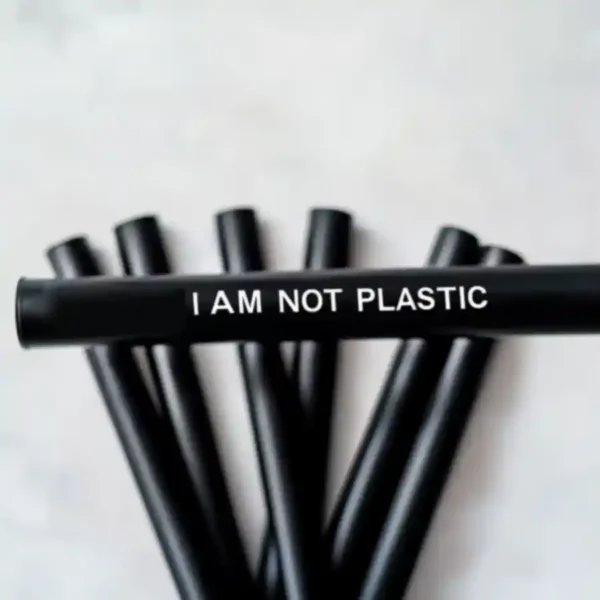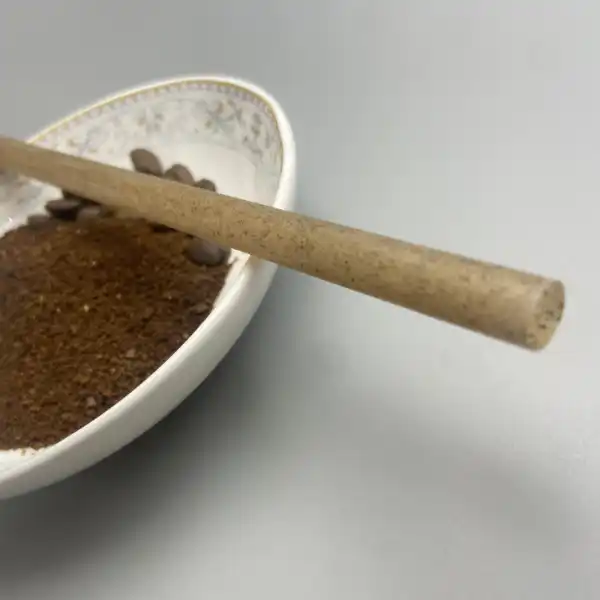Hey there! Let’s chat about something that’s been making waves in the eco-friendly world: sugarcane straws. If you’re looking to make a positive impact on our planet while enjoying your favorite beverages, these little wonders might just be the game-changer you need.

The Environmental Impact of Single-Use Straws
We all know that single-use plastic straws have been a major culprit in environmental pollution. They take hundreds of years to decompose, leaching harmful chemicals into our ecosystems. Even paper straws, though biodegradable, often become soggy and lose their functionality, leading to waste. citeturn0search7
Introducing Sugarcane Straws
Enter sugarcane straws—a fantastic, eco-friendly alternative. Made from the fibrous residue of sugarcane, known as bagasse, these straws are not only sustainable but also offer a superior sipping experience.

What Are Sugarcane Straws?
Sugarcane straws are crafted from bagasse, the byproduct of sugarcane processing. This means they utilize waste material, reducing overall waste and promoting a circular economy.
The Production Process
Creating these straws involves:
- Harvesting Bagasse: Collecting the fibrous residue after sugarcane juice extraction.
- Cleaning and Processing: Purifying the bagasse to remove impurities.
- Extrusion: Shaping the processed bagasse into straw forms using heat and pressure.
- Drying and Cutting: Achieving the desired sturdiness and cutting to appropriate lengths.
- Packaging: Preparing the final product for distribution.

Environmental Benefits
- Biodegradability and Compostability: Sugarcane straws break down naturally within 60 to 90 days in a compost pile, leaving no harmful residues. citeturn0search13
- Renewable Resource: Sugarcane is a fast-growing, renewable resource, making it a sustainable choice for straw production.
- Reduced Carbon Footprint: The production process requires less energy compared to other straw alternatives, contributing to a lower carbon footprint. citeturn0search13
Advantages Over Paper Straws
- Durabilidad: Sugarcane straws maintain their structural integrity and functionality, even when submerged in liquid for an extended period—up to 24 hours. citeturn0search11
- Resistencia al calor: They exhibit excellent heat resistance, making them suitable for hot beverages like coffee and tea.
- Food Safe: Sugarcane straws are free from harmful chemicals like BPA, PFAS, and other toxins, ensuring a safe drinking experience. citeturn0search11
Practical Applications
- Versatility in Use: Sugarcane straws come in various sizes and diameters to accommodate different types of beverages, including smoothies, sodas, and cocktails.
- Customization for Businesses: Businesses can customize sugarcane straws with branding, enhancing customer experience and promoting sustainability.

Considerations and Challenges
- Agronomic and Environmental Implications: While sugarcane cultivation offers many benefits, it’s essential to consider potential environmental impacts, such as soil degradation and habitat destruction. citeturn0search18
- Cost and Accessibility: Sugarcane straws are competitively priced, often comparable to or slightly higher than paper straws, offering a cost-effective sustainable option.
Innovations and Future Outlook
- Advancements in Sugarcane Straw Technology: Ongoing research aims to improve the quality, cost-effectiveness, and environmental impact of sugarcane straws.
- Global Adoption Trends: There’s a growing shift towards sustainable alternatives, and sugarcane straws are playing a significant role in this movement.
Frequently Asked Questions (FAQs)
- Are sugarcane straws suitable for both hot and cold beverages?
- Yes, sugarcane straws are designed to withstand a wide range of temperatures, making them suitable for both hot and cold drinks.
- How long do sugarcane straws take to decompose?
- Sugarcane straws are fully biodegradable and typically decompose within a few months, depending on environmental conditions.
- Can I customize the size and branding of sugarcane straws for my business?
- Absolutely, sugarcane straws come in various sizes and can be customized with your branding, providing a unique touch to your offerings.
- Are there any special storage requirements for sugarcane straws?
- Sugarcane straws should be stored in a cool, dry place away from direct sunlight and excessive moisture to maintain their quality.
- How do the carbon emissions of sugarcane straws compare to paper straws?
- Sugarcane straws generally have a lower carbon footprint compared to paper straws due to the more energy-efficient production process.
- How do sugarcane straws compare to plastic straws in terms of durability?
- Sugarcane straws offer comparable durability to plastic straws, ensuring a satisfying drinking experience without the environmental drawbacks of plastic.
- Are sugarcane straws edible?
- No, sugarcane straws are not edible. They are crafted from natural materials extracted from sugarcane residue and can fully decompose, but they are solely intended for use as drinking straws. citeturn0search14
- Where can I purchase sugarcane straws?
- Sugarcane straws are available through various online retailers and specialty eco-friendly product stores.
Conclusión
Switching to sugarcane straws is a simple yet impactful way to reduce your environmental footprint while still enjoying your







